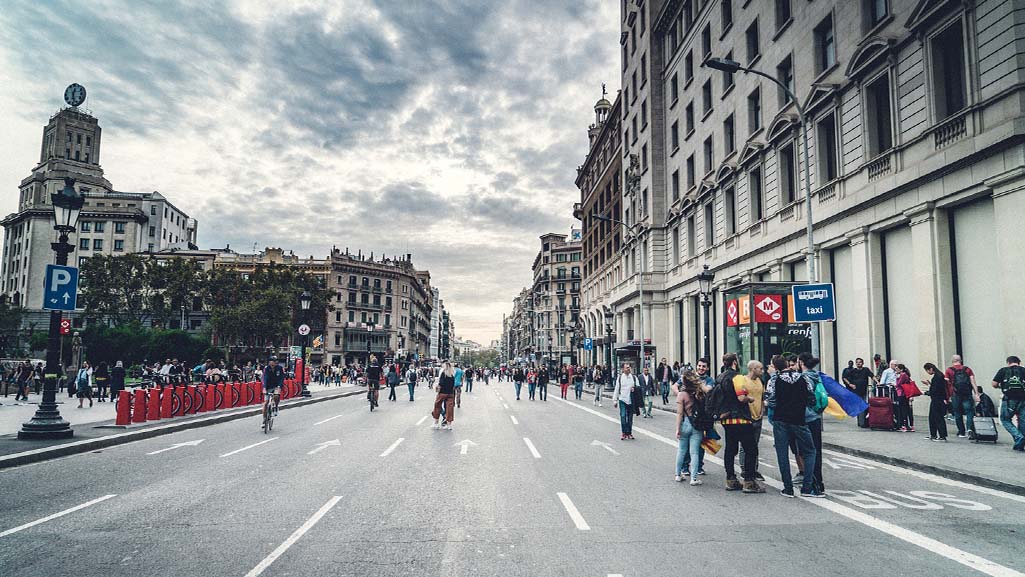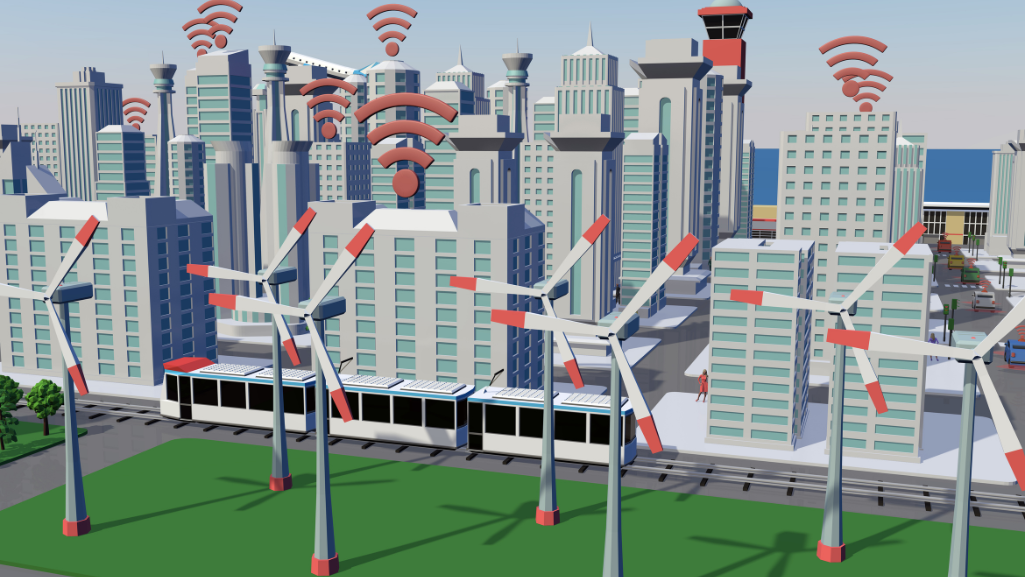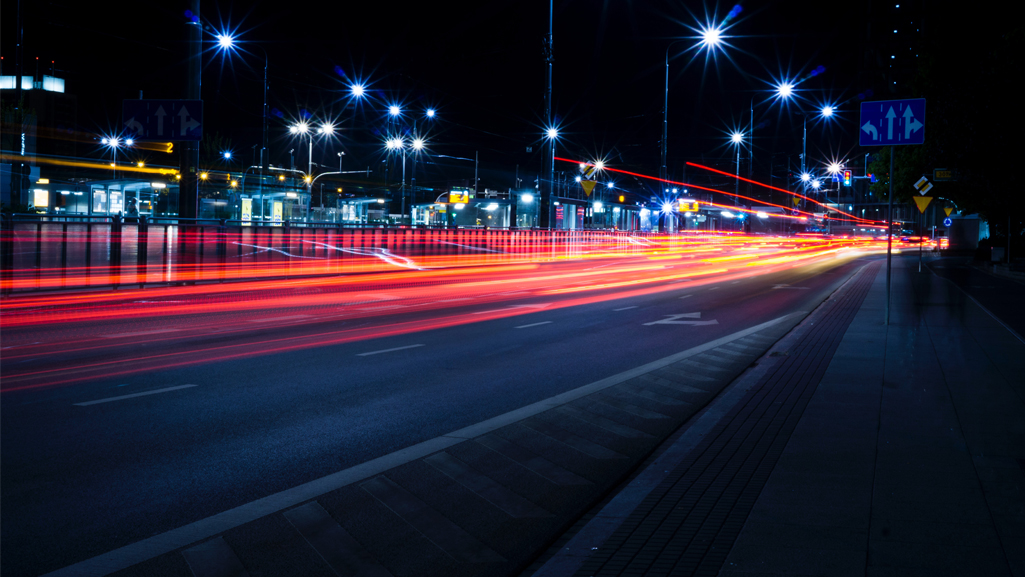“Cities made of dreams” is the motto of the upcoming Smart City Expo World Congress, which will be held in Barcelona between 19-21 November 2019. And indeed, Barcelona is a fertile ground for bold initiatives fitting a smart city, especially those dealing with movement of people and goods.
In 2013 the City began working on a smart city strategy, in order to become the first truly smart city in Spain. Since then, many of these values were implemented – from smart bins to reduce the smell of trash, through a sustainable bus system, to educating citizens about the use of technology to improve urban life.
Ahead of the Barcelona Smart City Expo, here are a few examples of the city’s advanced mobility, where technology from PTV Group is being used:
Barcelona Low Emission Zone
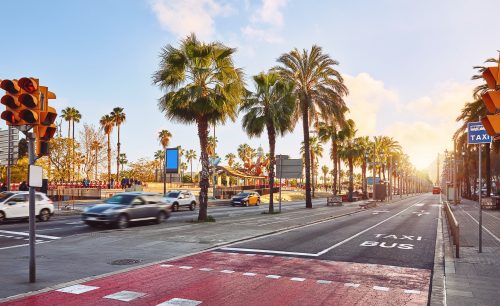
Barcelona has nearly 6,000 cars per square kilometers – twice as many as in Madrid and over three times more than London. When motorbikes are counted, this figure jumps to 9,000. In total, over a million vehicles enter Barcelona every day, resulting in high and toxic levels of air pollution.
But with the world increasingly focusing on the effects of pollution, Barcelona aims to reduce vehicle emissions. Starting in 2017, Barcelona restricted the most polluting vehicles (petrol cars from before 2000 and diesel cars from before 2006) from entering vast areas of the metropolitan.
The Barcelona Low Emission Zone is an area of 95 square kilometers that includes most of the city and the municipalities surrounding its ring roads. It is one of the main measures to guarantee the quality of air.
Using mobility scenarios provided by PTV Visum software, the Barcelona Metropolitan Transportation Authority (ATM) predicts the effects of Low Emission Zone on traffic and air quality, resulting in optimisation of the process.
According to the Barcelona City Council, reducing pollution levels to those recommended by the World Health Organisation would prevent 659 deaths every year and increase the life expectancy by 52 days.
Ride-sharing in Barcelona
Cities around the world are trying to make sense of car-sharing, on-demand mobility, e-scooters and other forms of Mobility as a Service (MaaS). Barcelona is no exception, and this will be a major topic in the Smart City Expo 2019. Helping to shape the city’s readiness for ridesharing is the Virtual Mobility Lab of the Cooperative Automotive Research Network (CARNET).
Using PTV Group’s MaaS Modeller, the Lab created a simulation of the city’s entire public and private transport network. The aim is to assess the impact of smart mobility projects.
In a 2017 test, the Lab showed that a fleet of on-demand 7-seat vehicles will cut the demand for trips with private cars. Introducing 4,000 such vehicles can replace 10% of the total daily trips done by private cars in Barcelona, the simulation showed.
The new model supports decision-makers considering mobility policies, transport operators and new companies developing mobility alternatives.
Jaume Barceló, Professor Emeritus of the Technical University of Catalunya (UPC-Barcelona Tech) and Strategic Advisor to PTV Group on Transport Models, explains that “uncontrolled growth of certain MaaS systems in many cities led to negative impacts on traffic and on the use of public transport. This proof of concept done in Barcelona proves that the great potential for the city and its citizens, by reducing the number of vehicles while ensuring accessibility, and by reduction of environmental impacts.
“This could be even more significant in areas of the metropolitan that cannot be properly served by conventional public transport. In those areas, suitable MaaS can be coordinated with public transport to significantly reduce the number of commuter trips by private cars.”
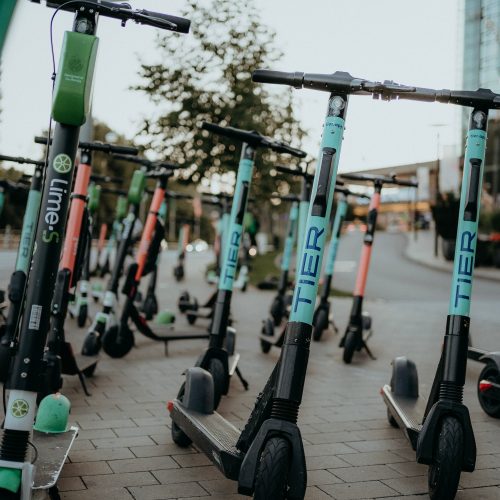
Future mobility in Barcelona
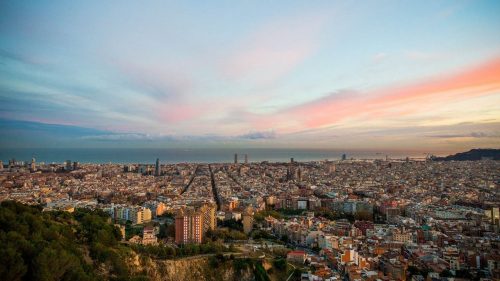
Barcelona doesn’t rest. Its mobility achievements need to constantly be updated and adjusted. That’s why the new plans for the future of its mobility and infrastructure are already in place, shaping how the city will operate until 2030.
Prediction and simulation are an important part of this process. The simulations, where ATM is using PTV Visum software, enable planners to take into account the city’s unique features: the newly introduced Low Emission Zones; the Super-Block policy which aims to reduce traffic and pollution in the city; the new toll model; and a planned improvement of the public transport.
Demand modelling, in particular, helps the city’s planners to evaluate scenarios easily and efficiently plan the transport services, so they effective, sustainable and of quality.
Professionals from all over the world will be observing these developments at the Barcelona Smart City Expo between 19-21 November 2019.
